14. Claudio Miranda
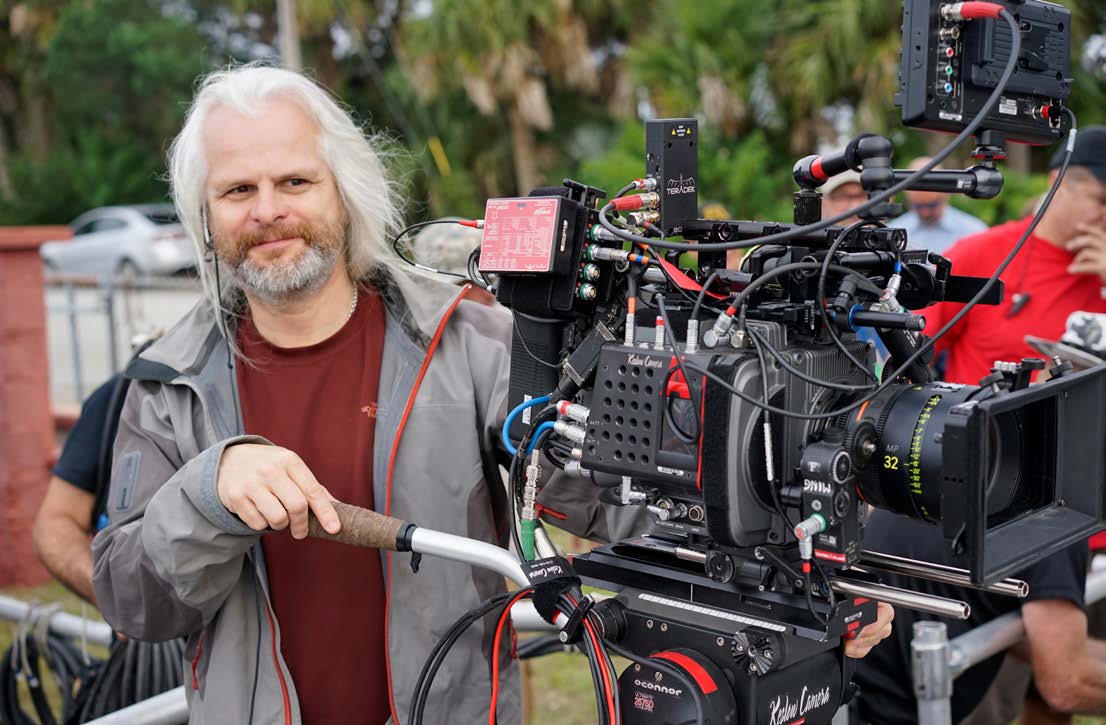
Like Jeff Cronenweth, Miranda achieved amazing results in digitally filming “The Curious Case Of Benjamin Button” with David Fincher, but it was only in 2011 that he realized his best work yet, with director Ang Lee, in a difficult process of filming and recreating weather events in a tank.
Signature film: “Life of Pi”, directed by Ang Lee

Even if “Life Of Pi” is a bit overrated, Miranda’s work is astonishing in every aspect of the film, but the one that surprises the most is his (and Lee’s) ability to create a magnificent, compelling, majestic and magic world that is ours, in addition to the difficult but amazing production value. “Life Of Pi”, with its nature and its adventure, makes us dream about a better and (literally) new world that is within the one we’re living in.
13. Edward Lachman
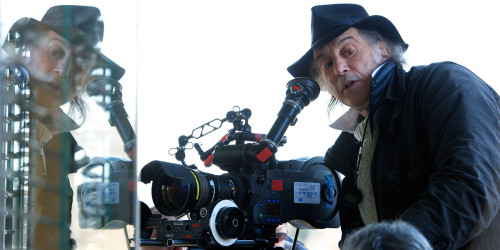
Lachman, mainly connected to American Independent Cinema, has worked with a lot of masters of cinema, like Wim Wenders, Steven Soderbergh, Paul Schrader and Werner Herzog. His movies have a dream patina, obtained with the use of colors and their saturation or desaturation; something near to Douglas Sirk’s mèlo and the technicolor of the 1950s. So, his style could not have found a more perfect partner than Todd Haynes.
Signature film: “Carol”, directed by Todd Haynes
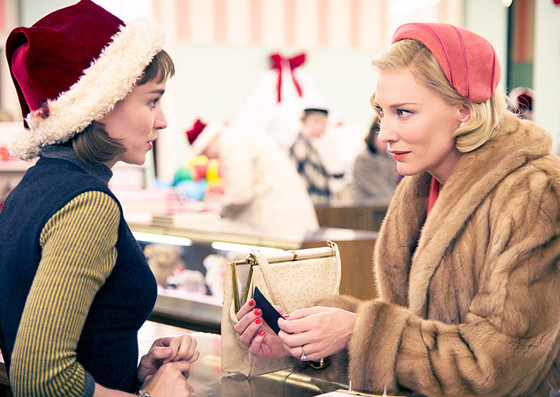
Todd Haynes’ best movie yet is also the one in which his rediscovery of dramatic movies of the past, and his striving for perfect aesthetics of his frames come to their completion. Lachman also earns some merit, who could recreate the 50s perfectly and could, with a specialized job with the colors and the lighting, make the spectator literally feel and experience the magnificent love story that is growing in front of their eyes. A prime example is the sex scene, which is full of pathos and an unexpected sweetness.
12. Hoyte van Hoytema
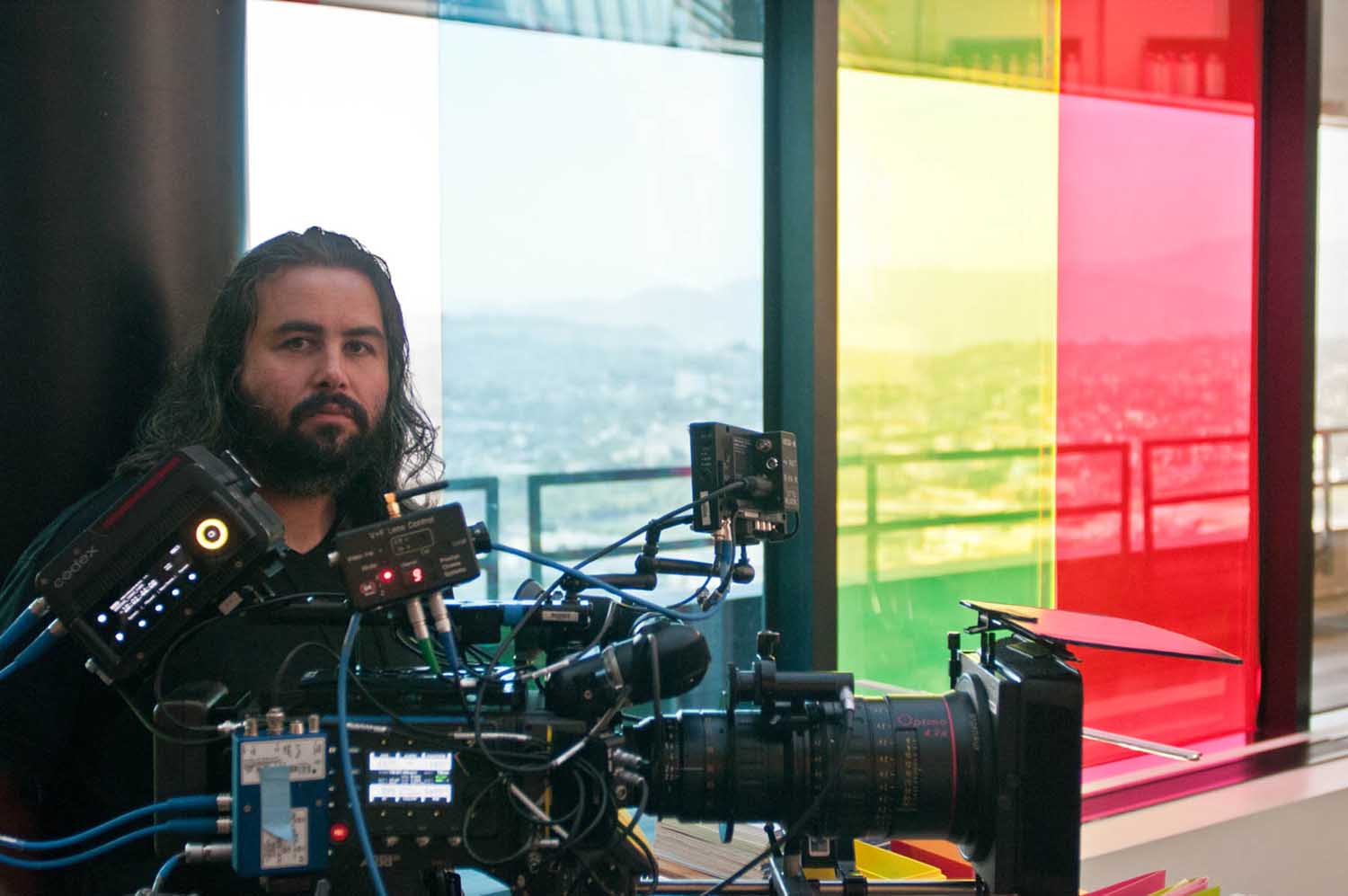
Hoyte Van Hoytema is a very young Dutch-Swedish cinematographer, who the past few years became more known to audiences. His breakthrough was his work in “Let The Right One In”, an amazing movie by Tomas Alfredson, in which Hoytema explores all the shades of white, comparing it to the ever-diminishing warmth of the interiors. Then, with his work in “The Fighter”, the cinematography became lighter and warmer. However, it was in “Interstellar” that Hoytema reached his best work.
Signature film: “Interstellar”, directed by Christopher Nolan
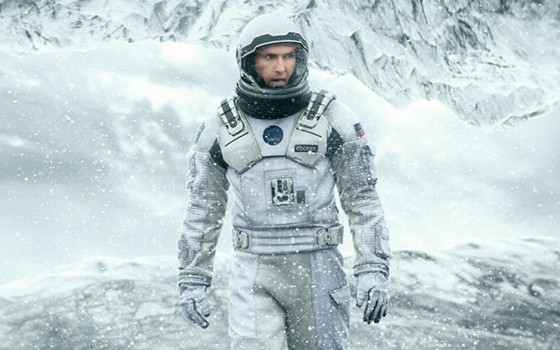
Hoytema here was able to fuse together both his coldness (see the astonishing scenes in the frozen planet) and his warmth side (especially in the Earth sequences and in the Malickian corn-field pans), reaching an amazing result in both. Also, we must recall the use of the lenses to give life to a wormhole.
11. Frederick Elmes
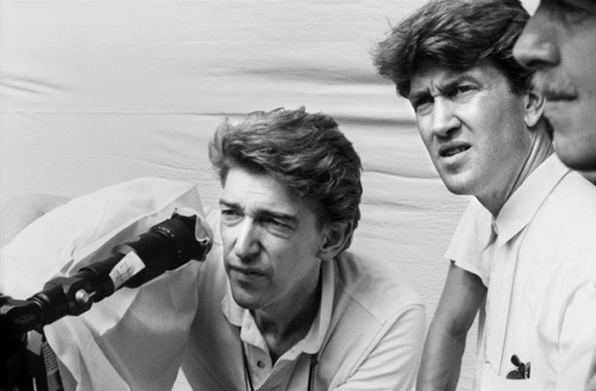
Elmes started to work in the late 70s, side by side with David Lynch, but then he abandoned what could have become a personal, but also repetitive style. He preferred eclecticism and a changing way of filming at almost every movie, by supporting the type and genre of every movie, from Charlie Kaufman to Jim Jarmusch, passing through Ang Lee’s cinecomic.
Signature film: “Eraserhead”, directed by David Lynch
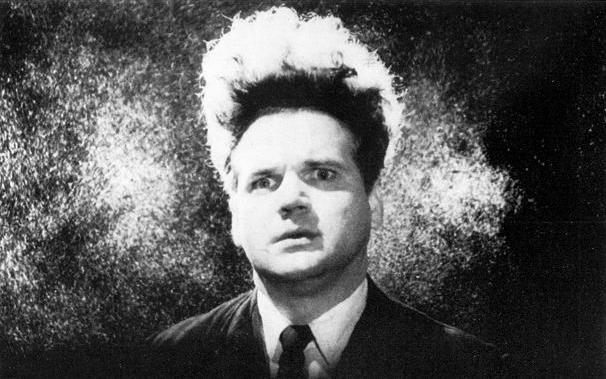
Even if Elmes reached very high results in his career, “Eraserhead” is his masterpiece, and probably also David Lynch’s. Also, because of the very low budget with which the movie was filmed and the shortage of means, the fact that this film is one of the most terrifying, shocking and disturbing visual experiences of all time is even more surprising.
With cinematography melting together German Expressionism and surrealist movies (“Bunuel” in particular) and a disquieting and magnificent direction, “Eraserhead” is one of the best movies made in the second half of the 20th century.
10. Bruno Delbonnel
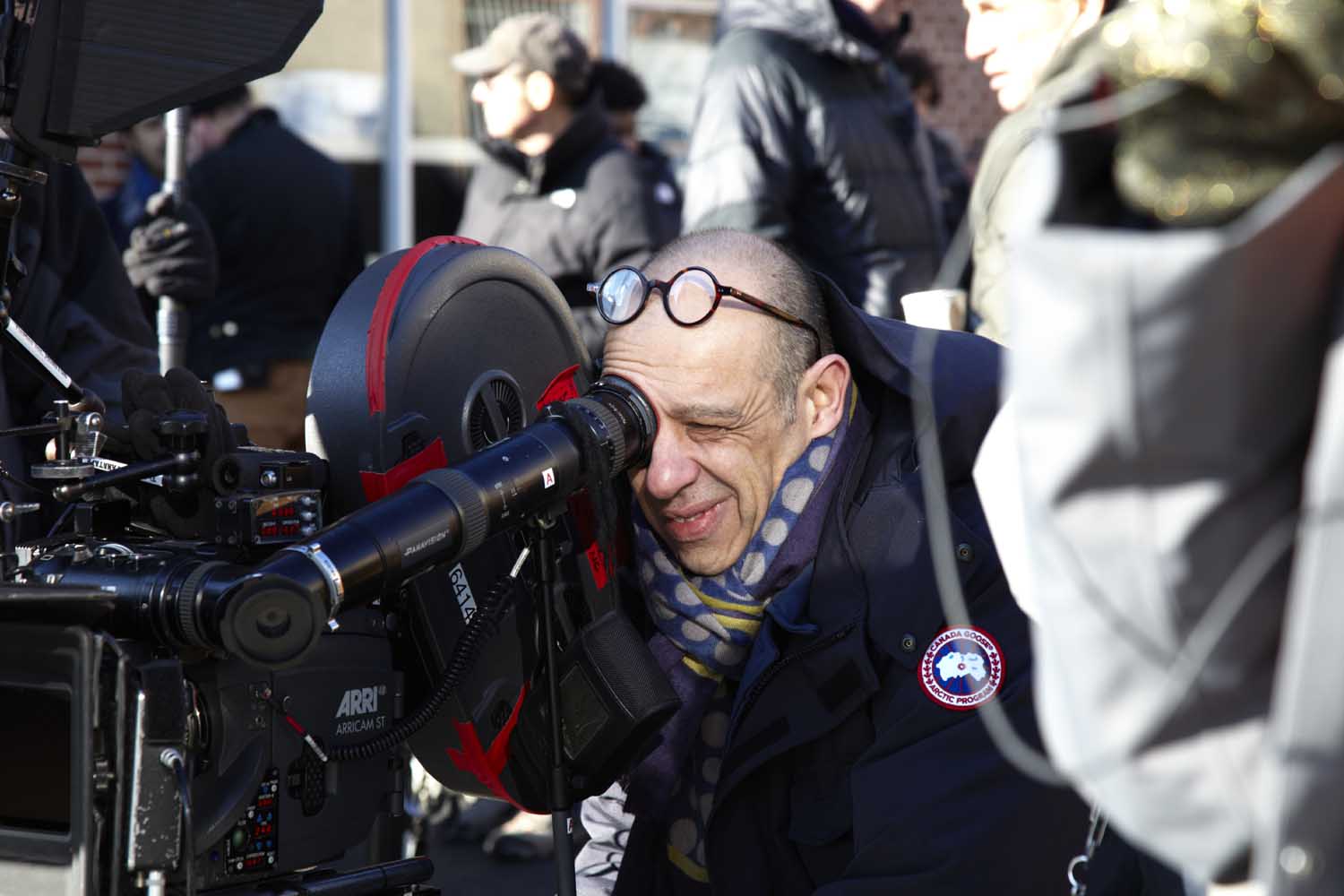
French cinematographer Bruno Delbonnel started his career with Peter Bogdanovich and continued with amazing Jeunet’s fairy-tale “Amelie”, in which his talent already could be seen in the use of colors to give the movie a dream-like, fantasy tone.
He continued experimenting with “Across The Universe” and started his collaboration with the Coen Brothers and Tim Burton, but especially shooting Faust by Aleksandr Sokurov, in which both the cinematographer and director have fun in distorting the shots and in amazing the spectator with compelling and wonderful frames.
Signature film: “Inside Llewyn Davis”, directed by the Coen Brothers
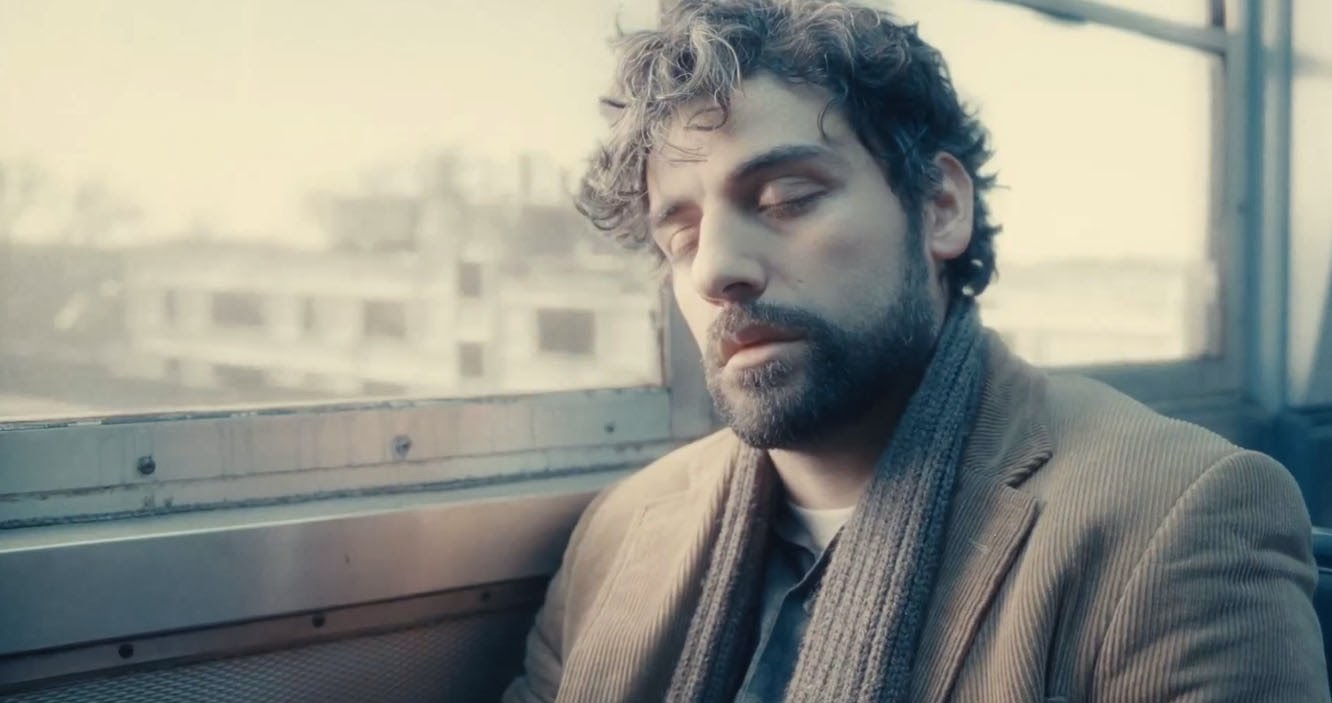
Nothing could prepare us for this stylistic masterpiece, in which Delbonnel literally explores every shade of grey. He shoots an inhospitable Big Apple, full of sorrow and bitterness, but he particularly goes inside the mind of Llewyn Davis, a grown-up Holden Caulfield who wanders without a destination, just longing for a new house to sleep in and in the never-ending search for a cat named Ulysses, reminding us the odyssey Davis is living.
9. Luca Bigazzi
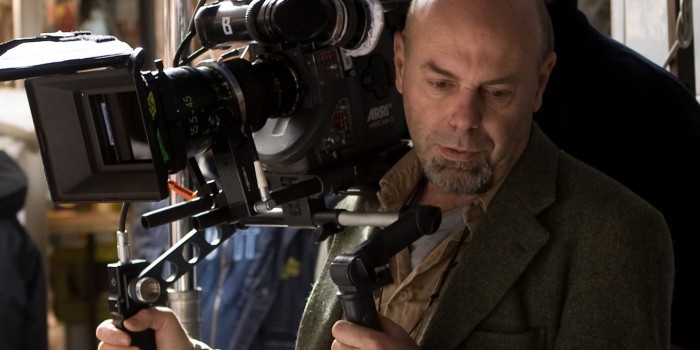
The Italian cinematographer Luca Bigazzi is not well known abroad, but he has worked quite a bit in Italy with the most influential and famous Italian directors working today, such as Silvio Soldini, Michele Placido, Daniele Ciprì and Paolo Sorrentino. With the last one, he realized his best works, reaching the top with the Oscar-winning movie “The Great Beauty”.
Signature film: “The Great Beauty”, directed by Paolo Sorrentino
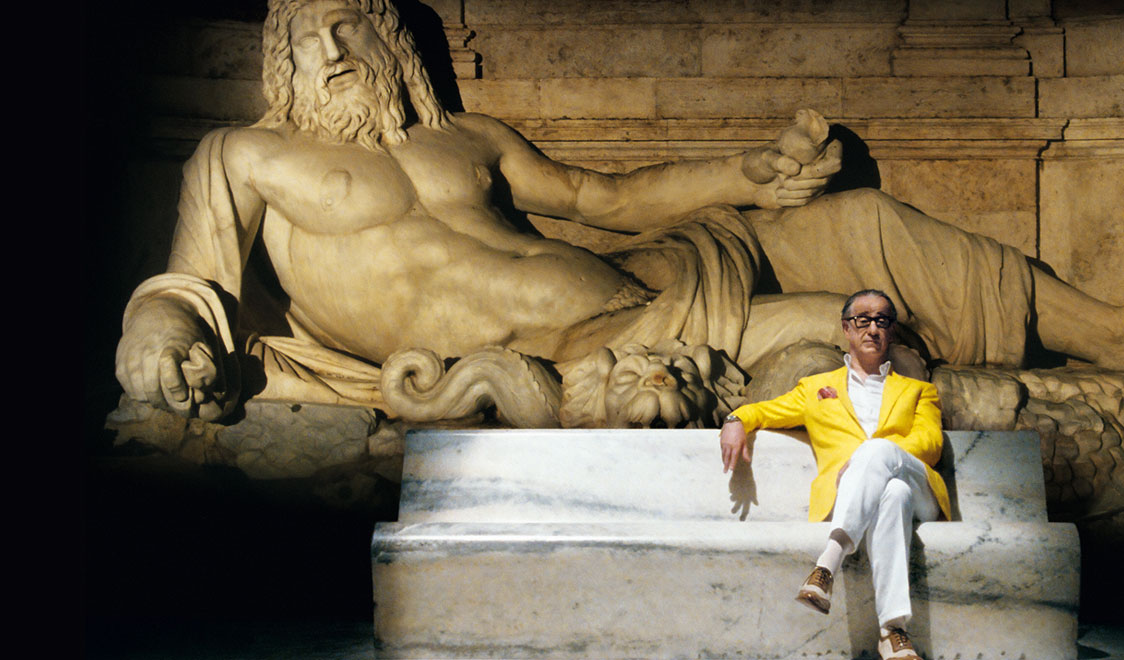
Bigazzi and Sorrentino succeeded in describing modern Italian (and universal) upper class society, with one eye pointed to the Italian cinema of the past (mainly Fellini and Antonioni) and another eye to the incongruities of our times and of politics, in a tour de force of every character (stereotyped on purpose) of contemporary and past Rome, from politicians to nuns, passing through writers, dancers and intellectuals. It’s an amazing movie, both post-modern and classic, both new and old, both in and out.
8. Jeff Cronenweth
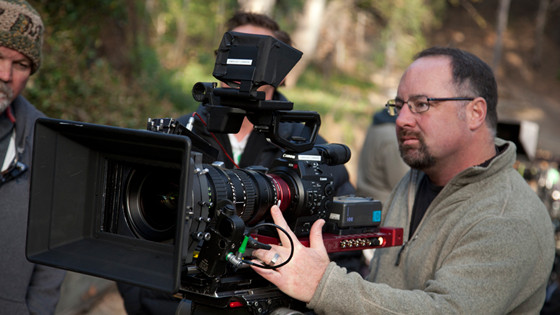
Jeff Cronenweth, the son of acclaimed cinematographer Jordan Cronenweth, is probably the best digital cinematographer alive and consequently, he worked with probably the most influential digital filmmaker, David Fincher, on music videos. By including a deeper depth of field in each film, Cronenweth’s work makes us think that digital filmmaking is truly the future.
Signature film: “The Social Network”, directed by David Fincher
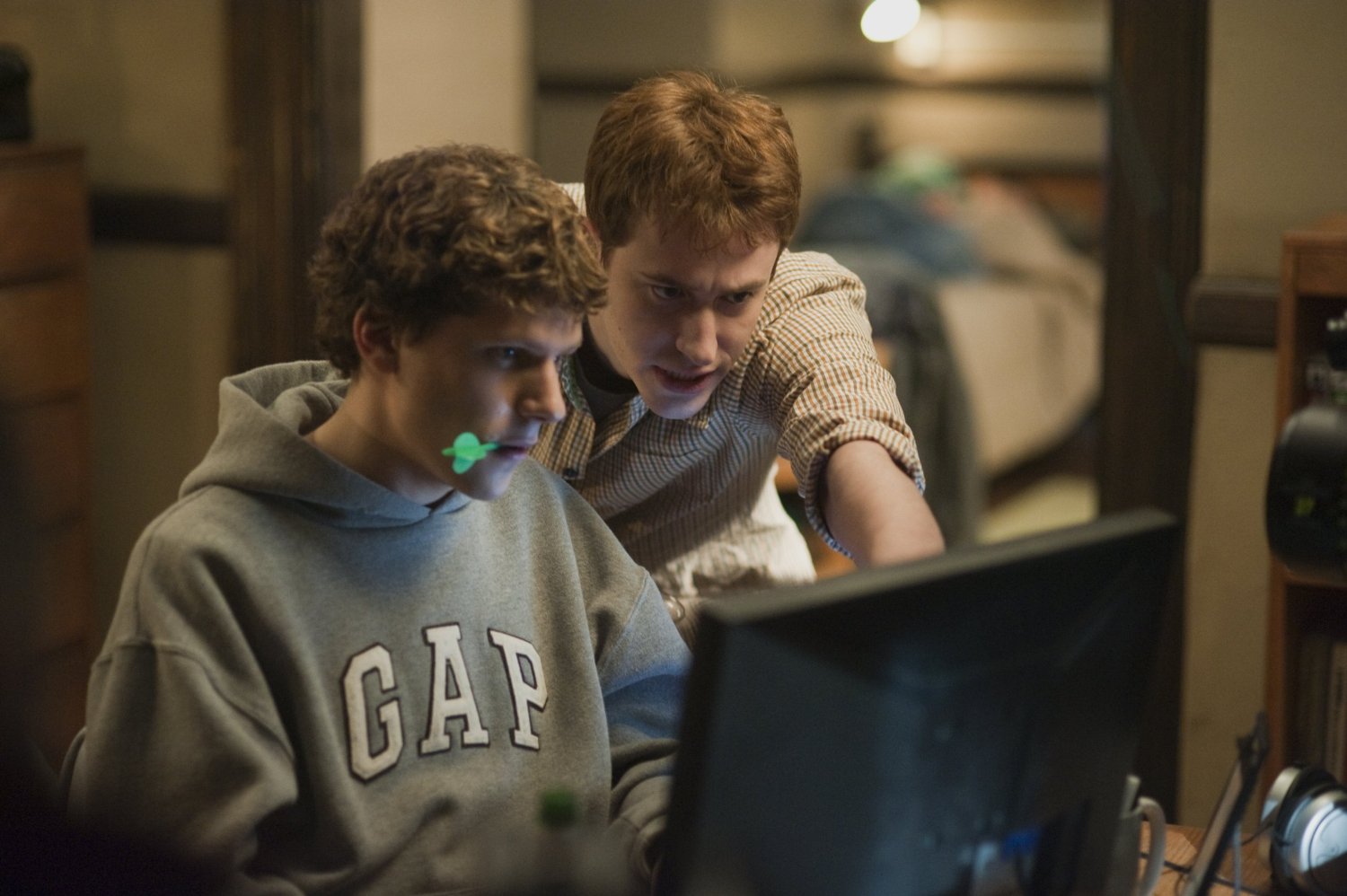
Cronenweth’s cold and cool cinematography could not be more suitable for the movie that, probably above all, described best this era of ours and its digital contradictions. This fantastic biopic shows us it’s possible now to innovate and take chances in cinematography. Watch the amazing canoe race, with a remix of Edvard Grieg on the soundtrack (to remark the connection between past, present and future), to believe.